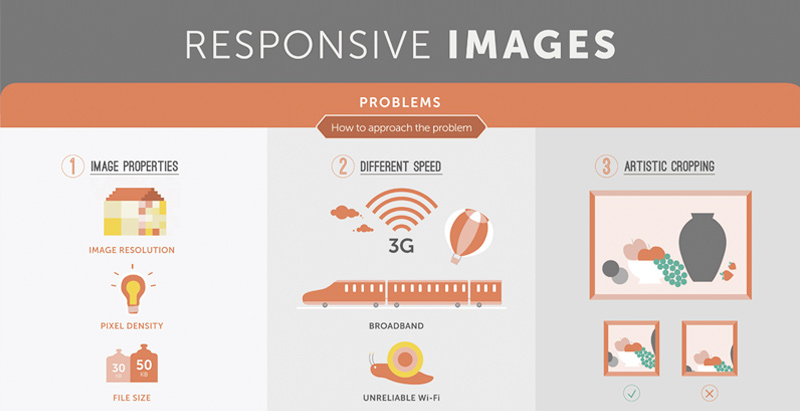Essential Facets Of Website Design: Standards For Creating A User-Centric Site
Essential Facets Of Website Design: Standards For Creating A User-Centric Site
Blog Article
Produced By-Abildtrup Thrane
When it pertains to website design, ensuring user-friendliness is crucial. From responsive layout to structured navigation, every aspect plays a critical duty in developing a website that accommodates your audience's requirements. However what about the finer information that can make or damage a customer's surfing experience? Keep tuned as we discover some often-overlooked tips that can boost your site's usability to the next degree, making it truly stand apart in the electronic landscape.
Relevance of Responsive Design
Responsive style is an essential aspect of modern site growth. Ensuring your website is responsive ways that it can adapt to various screen sizes and gadgets, providing a smooth experience for users.
With the raising use of smart devices and tablet computers to access the net, having a receptive style is crucial for getting to a bigger audience. It assists in improving user experience by making your site very easy to navigate and continue reading any tool.
Furthermore, receptive layout can favorably affect your internet search engine rankings, as online search engine like Google focus on mobile-friendly sites. By having a receptive layout, you're likewise future-proofing your website, as brand-new devices with varying display dimensions remain to emerge.
Simplify Navigation Structure
To enhance individual experience and help with easy accessibility to info on your site, enhancing the navigation framework is paramount. When making your website, concentrate on producing a clear and intuitive navigating food selection that helps site visitors locate what they're seeking rapidly.
Limitation the variety of food selection things to the essentials, organizing associated web pages together to prevent overwhelming individuals. Use detailed labels that clearly suggest the web content of each page, making it simpler for customers to recognize where each link will take them.
Think about implementing dropdown menus for subcategories to stop littering the main navigation bar. Furthermore, include Read Webpage on the web page for users who choose looking for specific details.
Focus on mobile responsiveness in your navigating design to make sure very easy gain access to on all devices.
Maximize Page Lots Rate
Improving web page load rate is vital for preserving site visitors on your website. Slow-loading web pages frustrate customers and can bring about high bounce rates. To enhance page load rate, beginning by optimizing images. Compress photos without jeopardizing high quality to minimize their file dimensions.
In addition, make it possible for internet browser caching to keep regularly accessed sources in your area, speeding up load times for returning visitors. Minify CSS, JavaScript, and HTML documents by getting rid of unneeded characters, remarks, and formatting, enhancing lots speed.
Take into consideration making use of a material shipment network (CDN) to disperse your web site's content throughout multiple web servers worldwide, decreasing latency for users accessing your site from different areas. Lastly, web content provider making use of third-party manuscripts and plugins, as they can significantly impact load times.
Conclusion
Finally, by including receptive style, streamlining navigating, and maximizing page tons speed, you can produce an user-friendly internet site that interest a broader audience and boosts individual experience. These essential elements ensure that visitors can easily accessibility and browse your site across different gadgets, bring about increased interaction and contentment. By concentrating on these crucial elements, you can develop an effective web site that maintains users returning for even more.
